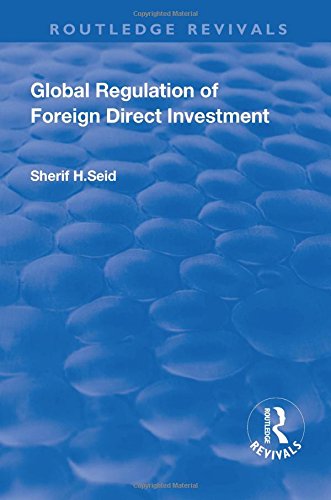

Most ebook files are in PDF format, so you can easily read them using various software such as Foxit Reader or directly on the Google Chrome browser.
Some ebook files are released by publishers in other formats such as .awz, .mobi, .epub, .fb2, etc. You may need to install specific software to read these formats on mobile/PC, such as Calibre.
Please read the tutorial at this link: https://ebookbell.com/faq
We offer FREE conversion to the popular formats you request; however, this may take some time. Therefore, right after payment, please email us, and we will try to provide the service as quickly as possible.
For some exceptional file formats or broken links (if any), please refrain from opening any disputes. Instead, email us first, and we will try to assist within a maximum of 6 hours.
EbookBell Team

0.0
0 reviewsThis title was first published in 2002: After the failure of the Multilateral Agreement on Investment (MAI), the world does not have a global investment agreement that would regulate FDI. A global investment agreement dealing with FDI would clearly fill a large gap in the network of regulatory measures governing the world economy. Other attempts had been made prior to the MAI to address this problem, but all have failed so far. The main reason for such failures has always been the lack of compromise in the positions held by the major stakeholders. This book analyses the pros and cons of these opposing positions and uses them as a basis for forging a hybrid model called "Regulated Openness".